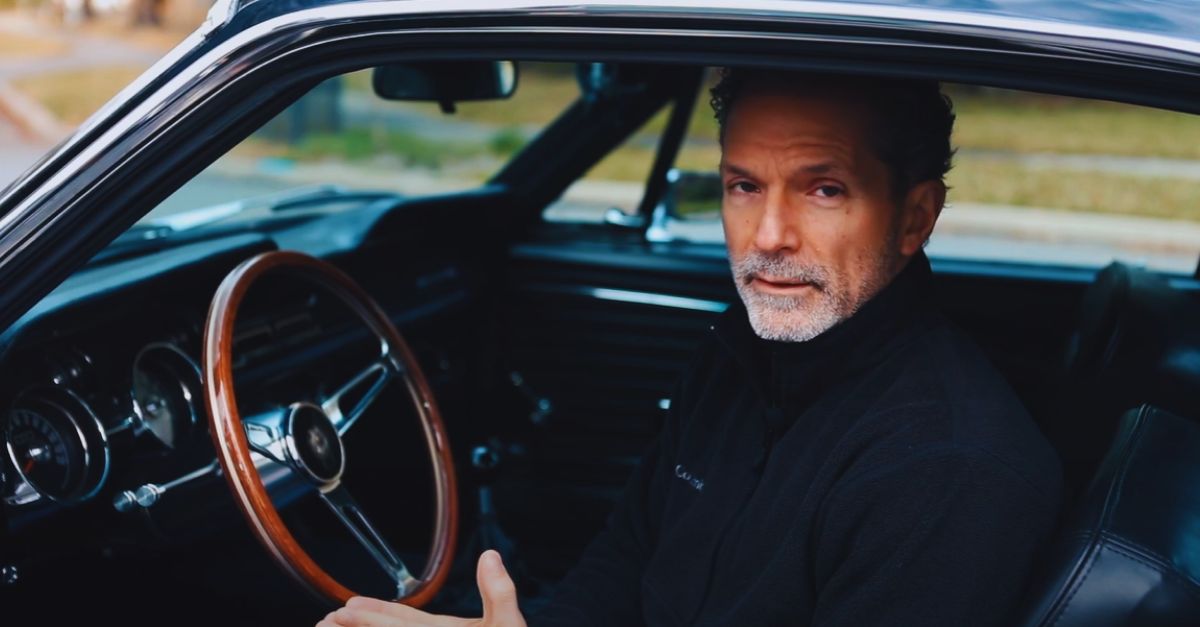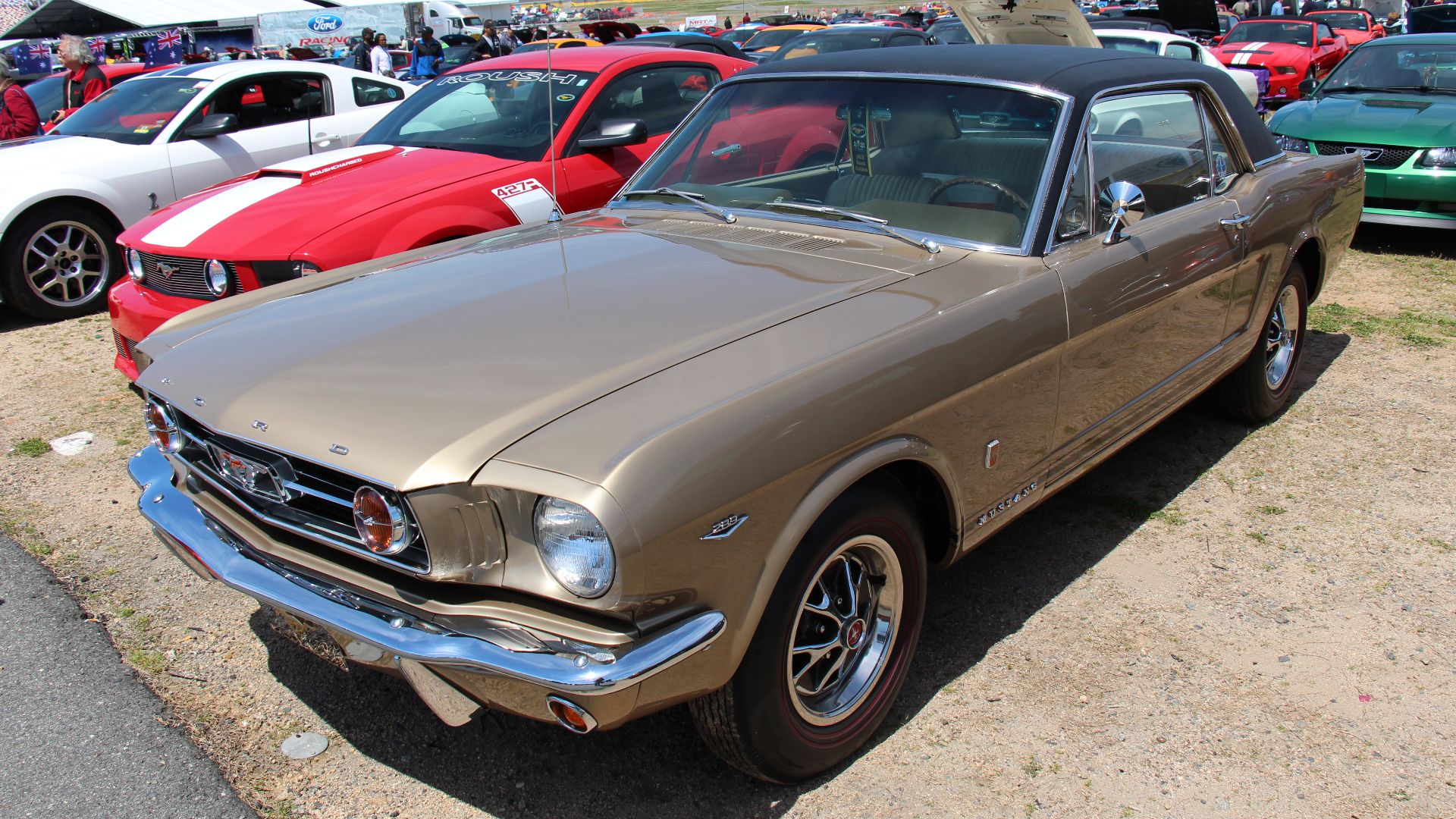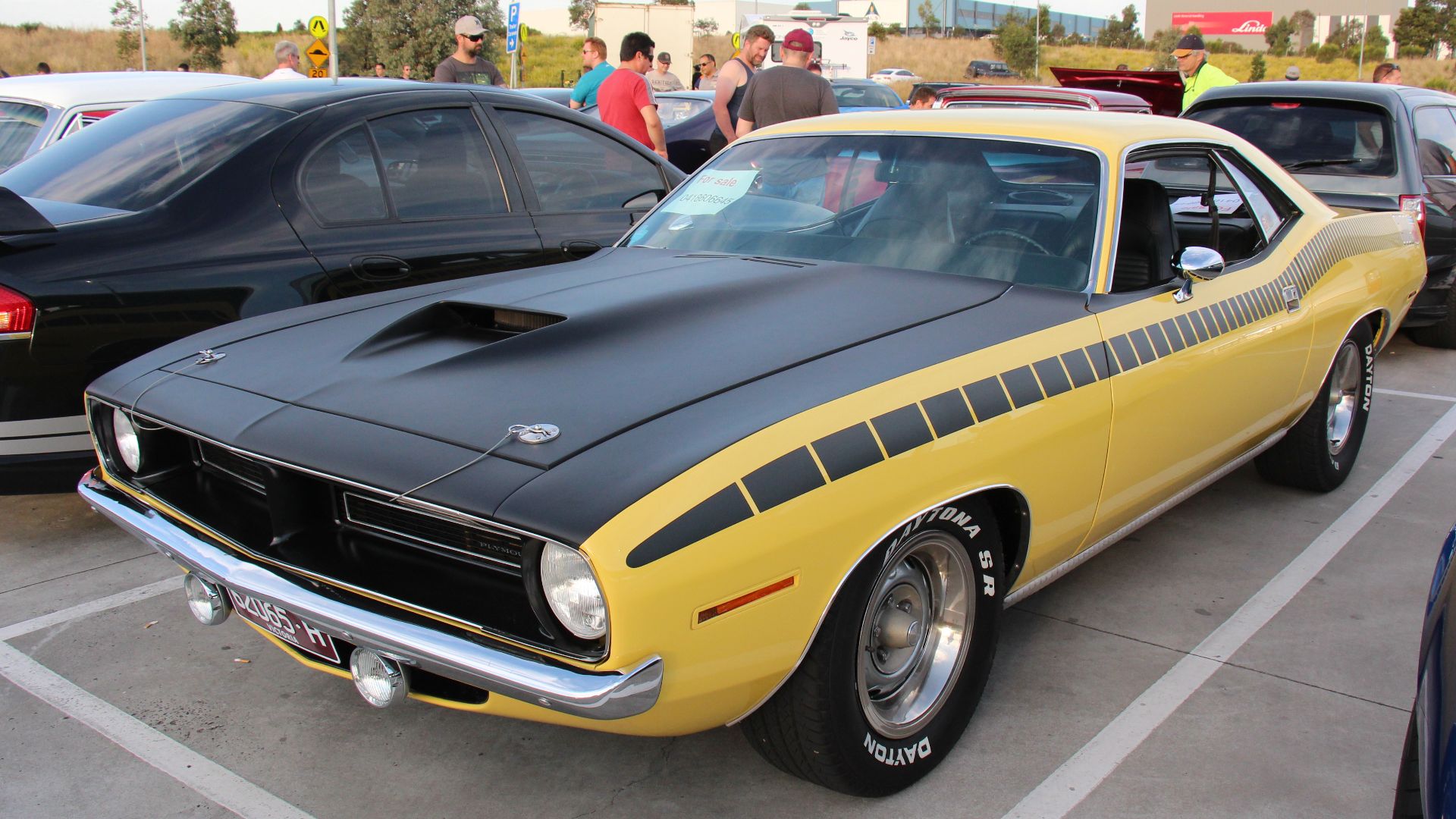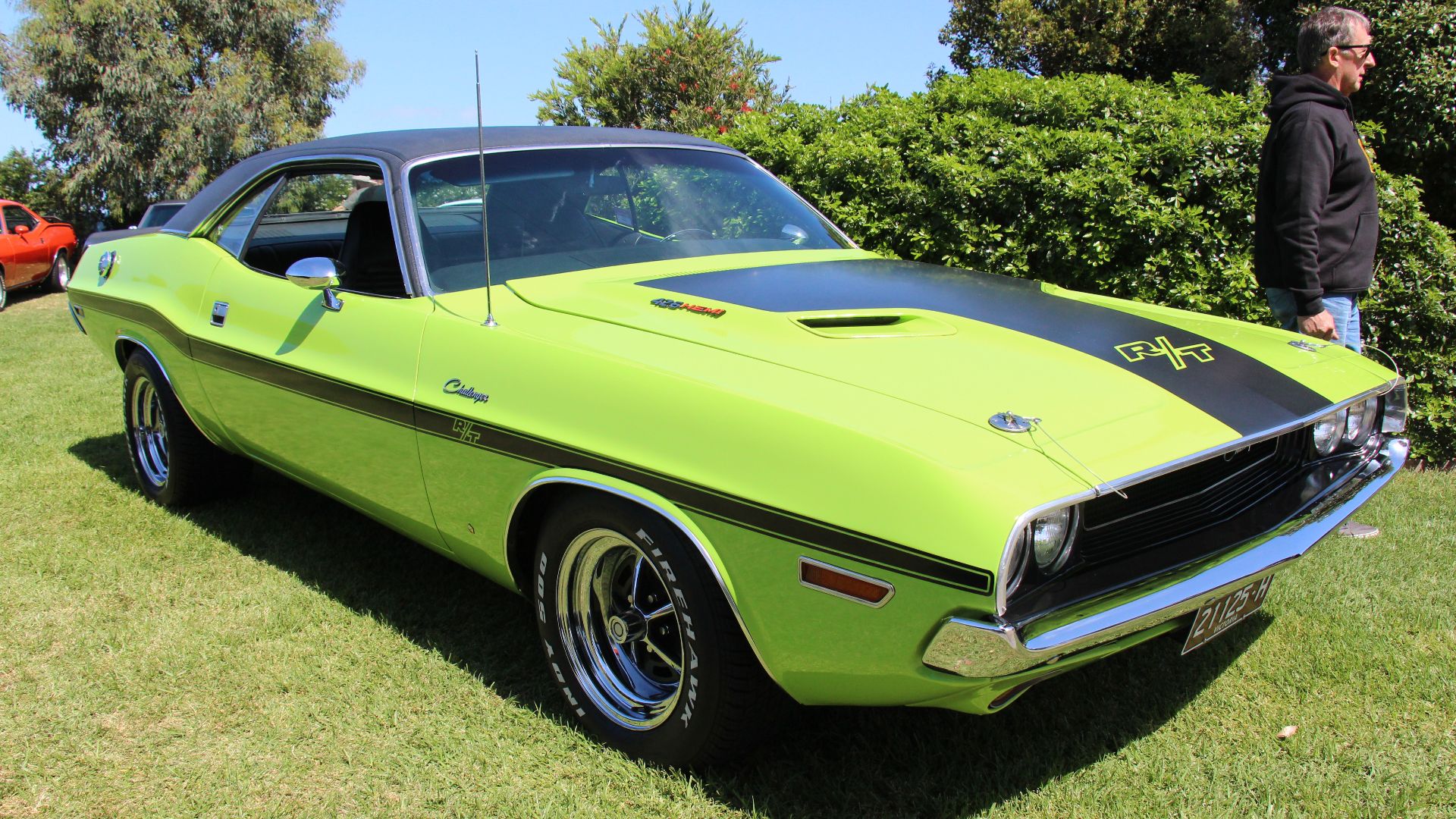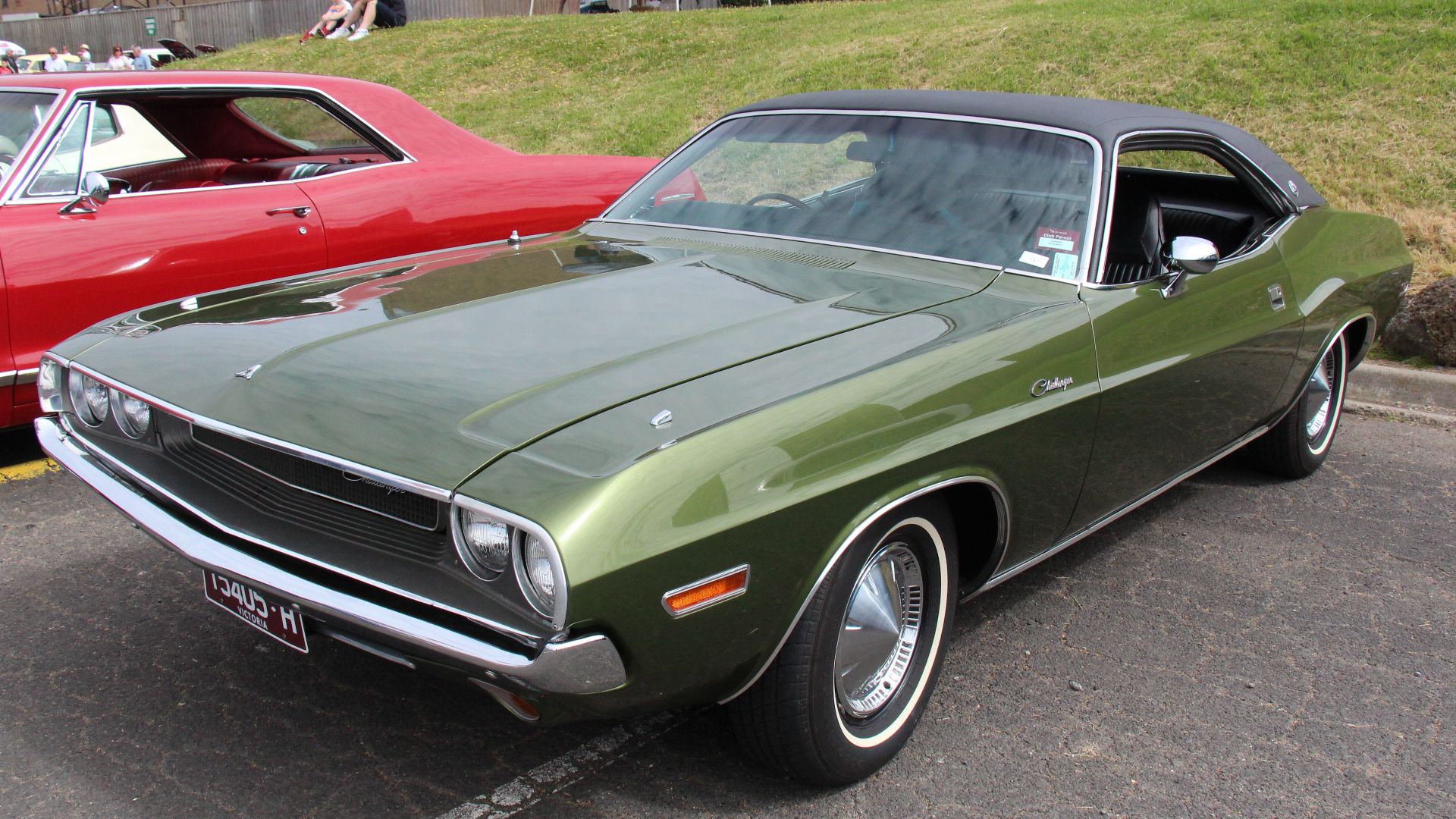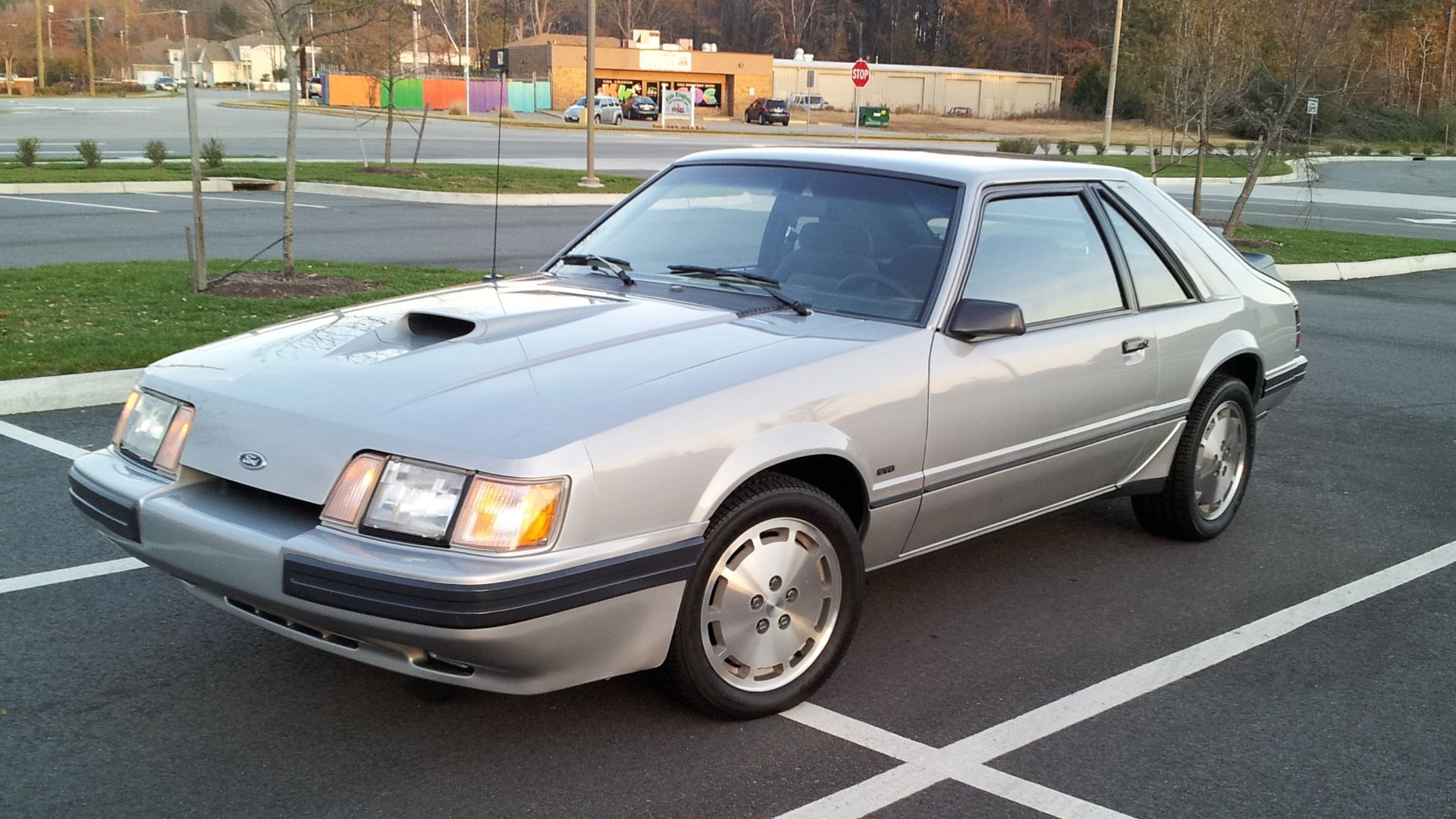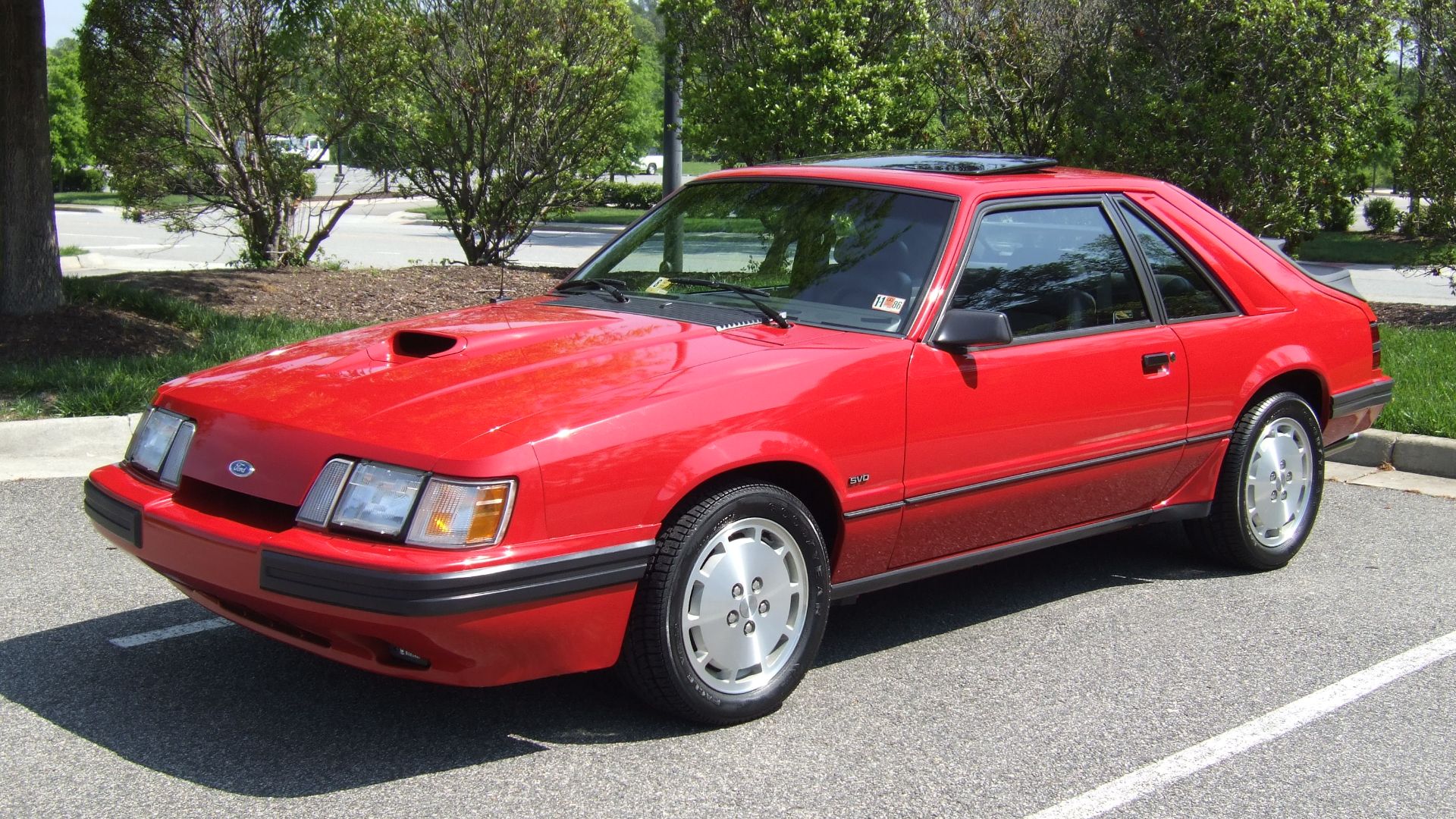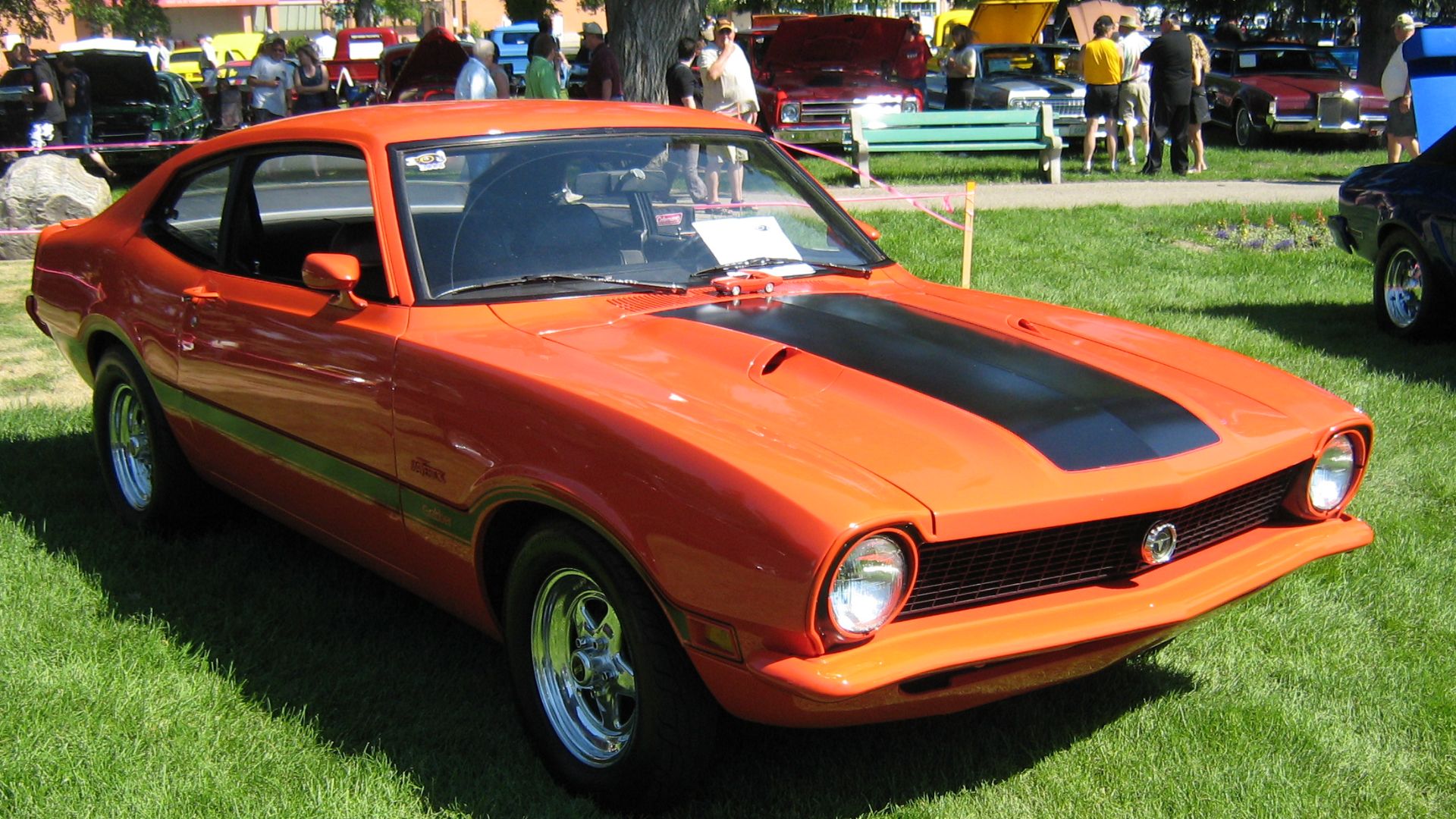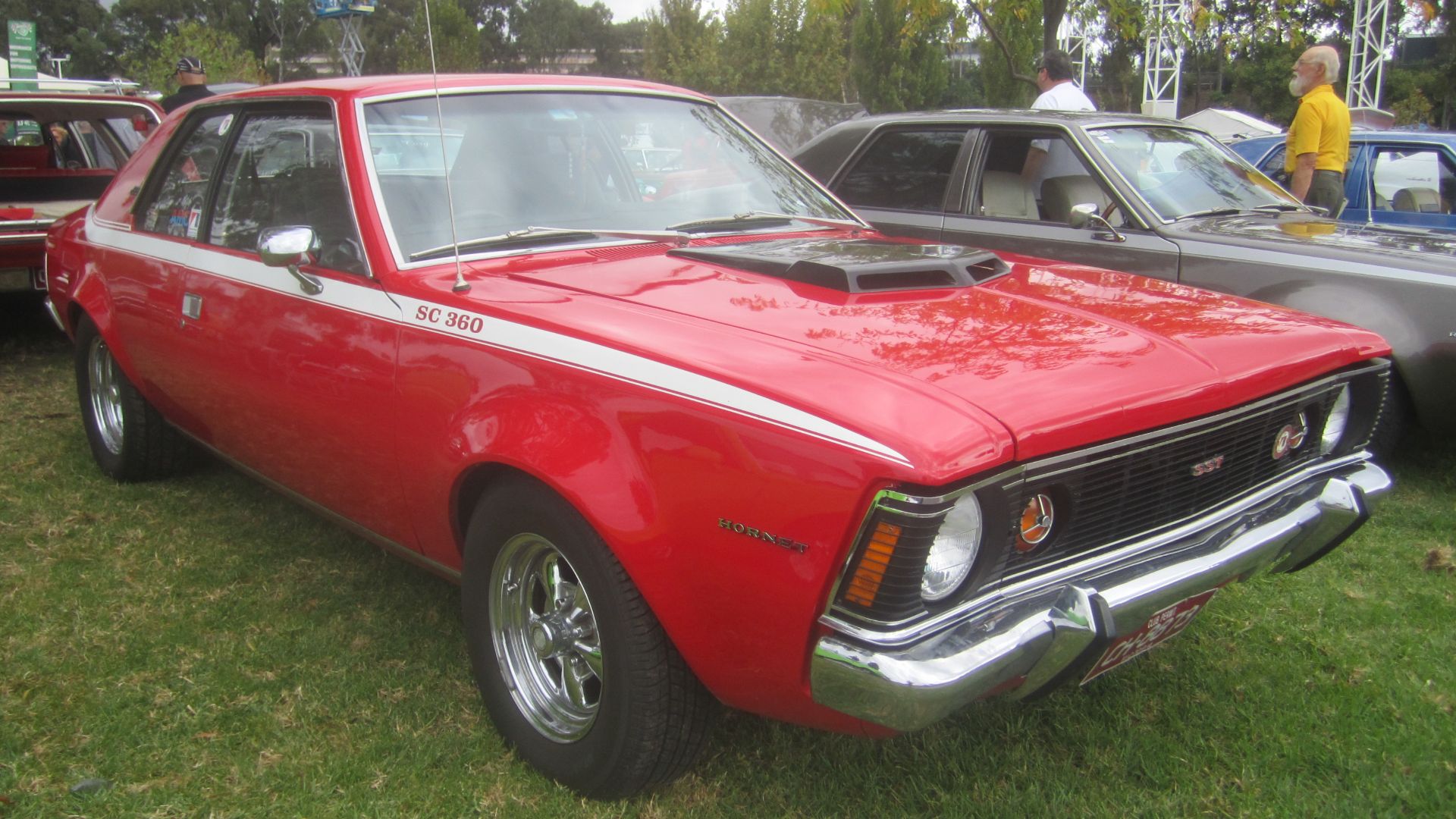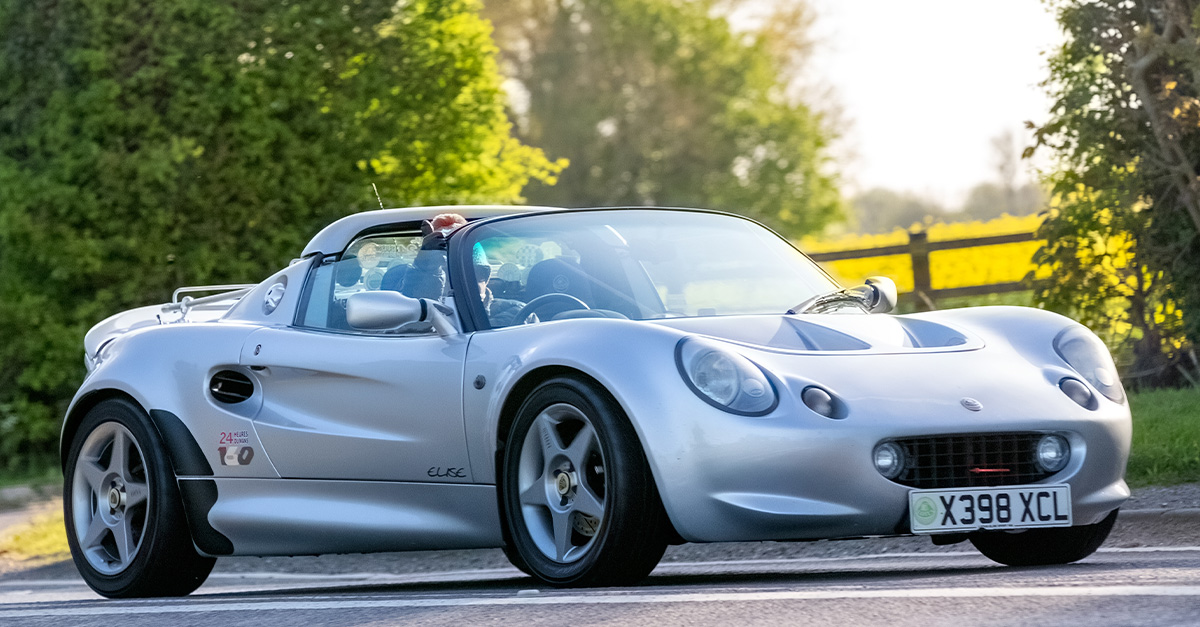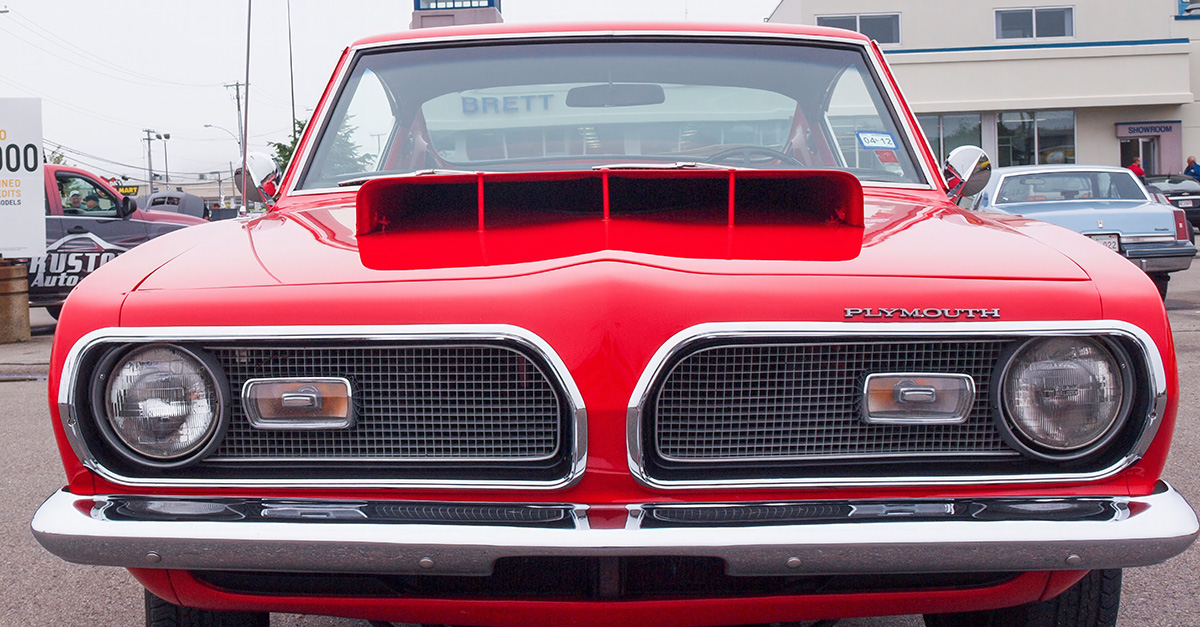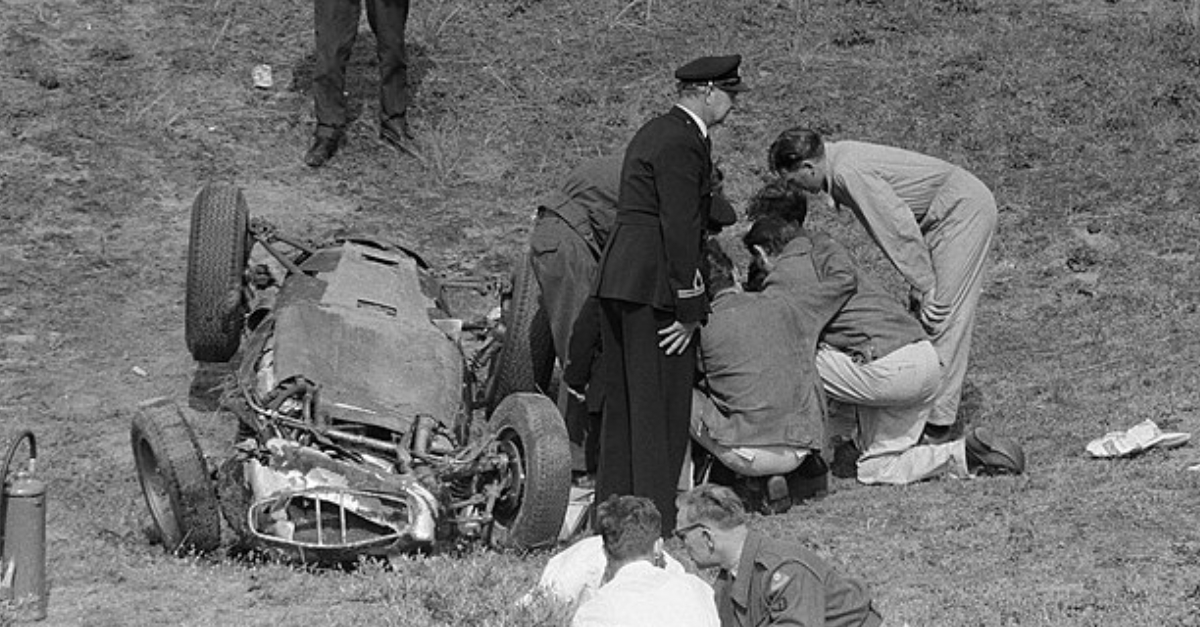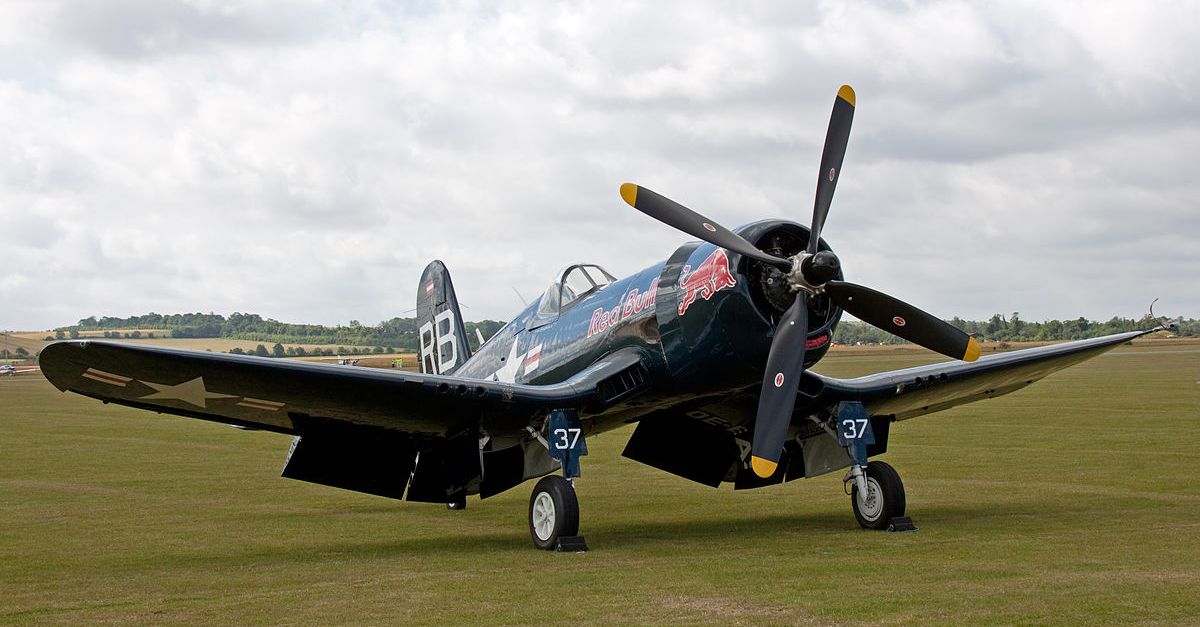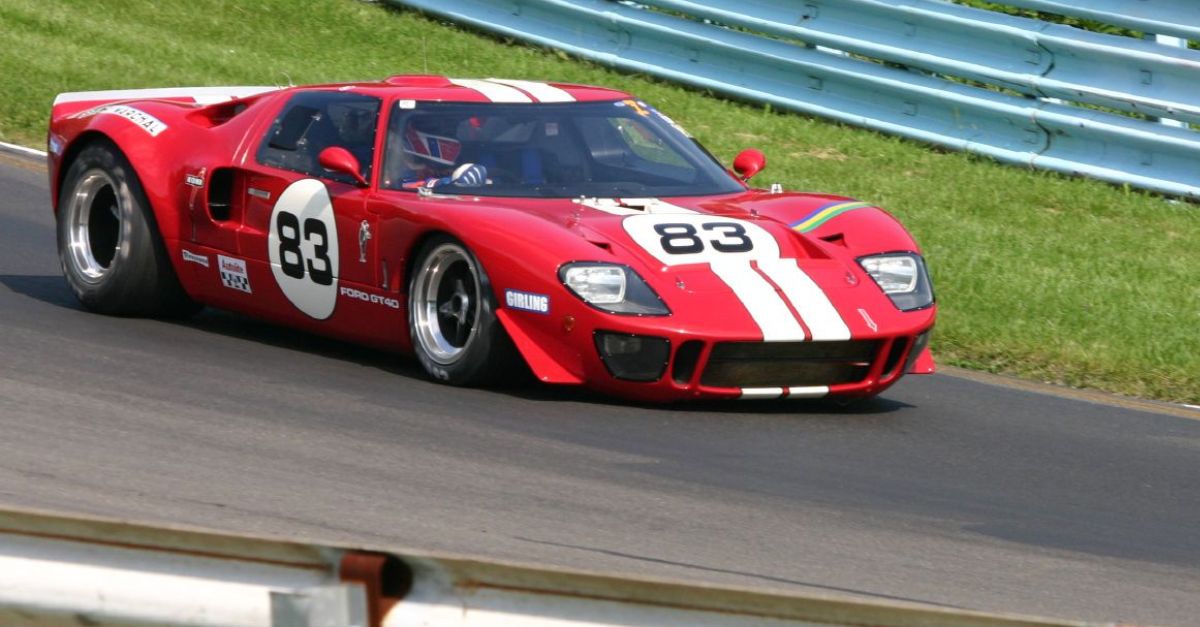Dusty Tracks Of Forgotten Ponies
The Pony Car Era was never just about raw horsepower. It was rebellion on four wheels, a celebration of youth. While Mustangs splashed across magazine covers, there was a fleet of underappreciated machines.

Ford Mustang GT
This was the birth of the pony car: light, fast, rear-wheel drive, and just affordable enough to feel dangerous. When the Mustang hit in 1964, it didn’t just arrive—it exploded. Launched at the New York World’s Fair, it racked up over 400,000 sales in its first year itself.
Chevrolet Camaro Z28
The Chevrolet Camaro launched in 1966 as GM’s direct answer to the Mustang. Its name, chosen from over 2,000 options, loosely means “friend” or “companion” in French. Performance-focused trims arrived with the Z/28, ready for Trans-Am duty, which had a 302-cid V8.
Pontiac Trans Am
The Pontiac Trans Am began as a performance version of the Firebird, retaining the pony car’s core traits, but what set it apart was the racing inspiration—all with aggressive looks and big-block power. From 1977 to 1981, the 2nd gen Trans Am became an icon after appearing in Smokey and the Bandit.
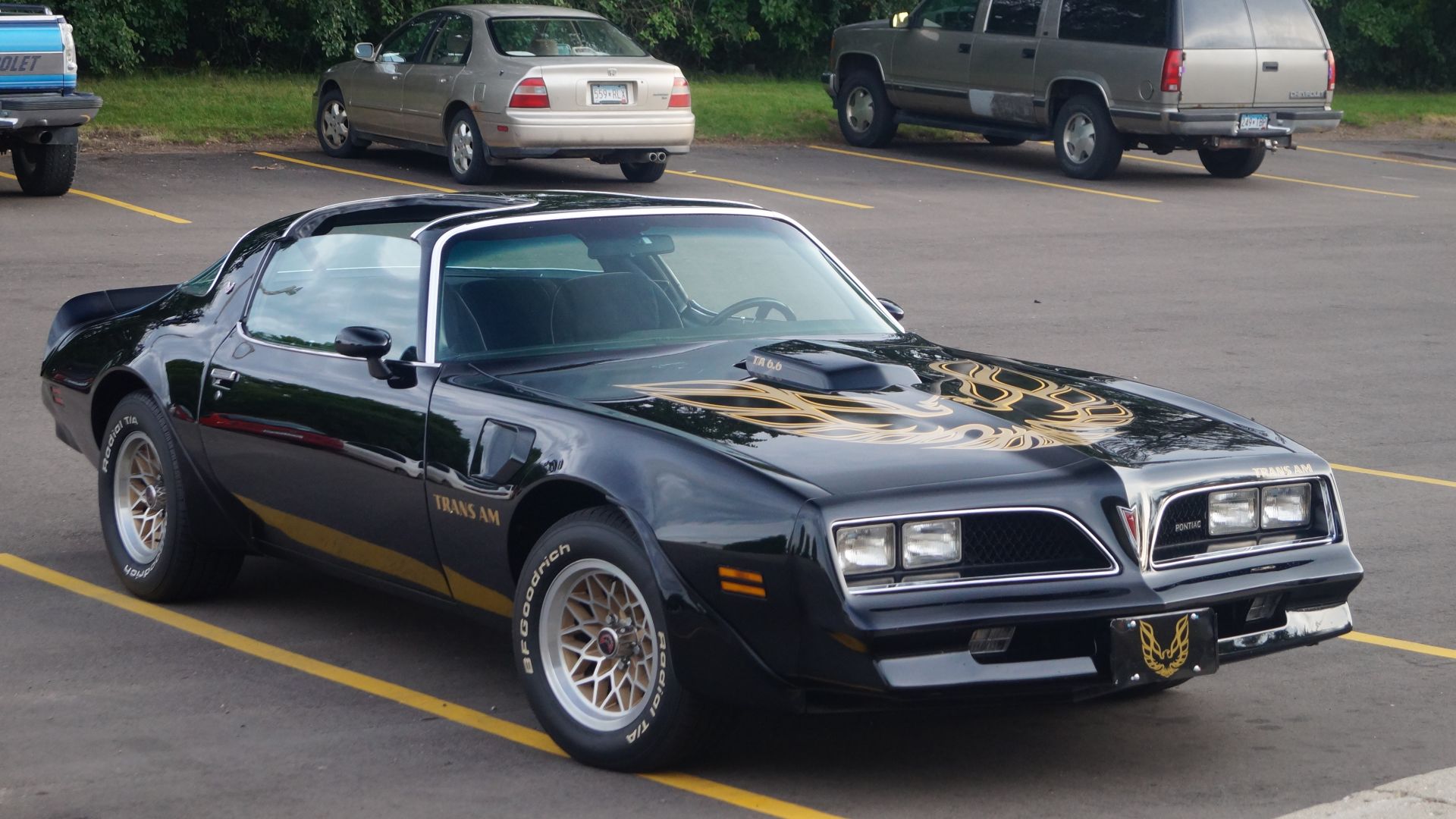 Greg Gjerdingen from Willmar, USA, Wikimedia Commons
Greg Gjerdingen from Willmar, USA, Wikimedia Commons
AAR Plymouth ’Cuda
The AAR ’Cuda took the Barracuda’s pony car DNA and gave it a racing twist. Developed for SCCA Trans-Am competition in 1970, it featured a 340-cid V8 engine with triple two-barrel carburetors, side-exit exhausts, and staggered front and rear tire sizing (a first for any Detroit production car).
Dodge Hemi Challenger
The Dodge Challenger first showed up in 1970, built on Chrysler’s E-body, the same as the Plymouth Barracuda. It wasn’t messing around. You could get nearly any Chrysler engine, even the fearsome 426 Hemi. But then it disappeared, and came back twenty-five years later, with retro looks and serious muscle.
Dodge Challenger SE
On the contrary, we have these underdogs, starting with the Challenger’s “Special Edition” trim. Buyers could choose anything from a simple Slant-6 to the mighty 426 HEMI. By 1974, however, this trim disappeared as pony car sales dipped. Collectors usually chased the R/T and T/A models, which meant the SE was overlooked.
Mercury Cougar XR-7
When Mercury unveiled the Cougar XR-7 in 1967, it wasn’t just a Mustang copycat. The shared platform gained a touch of class with leather seats, a woodgrain dashboard, and even an analog clock. Sequential rear signals caught attention, and Motor Trend crowned it Car of the Year.
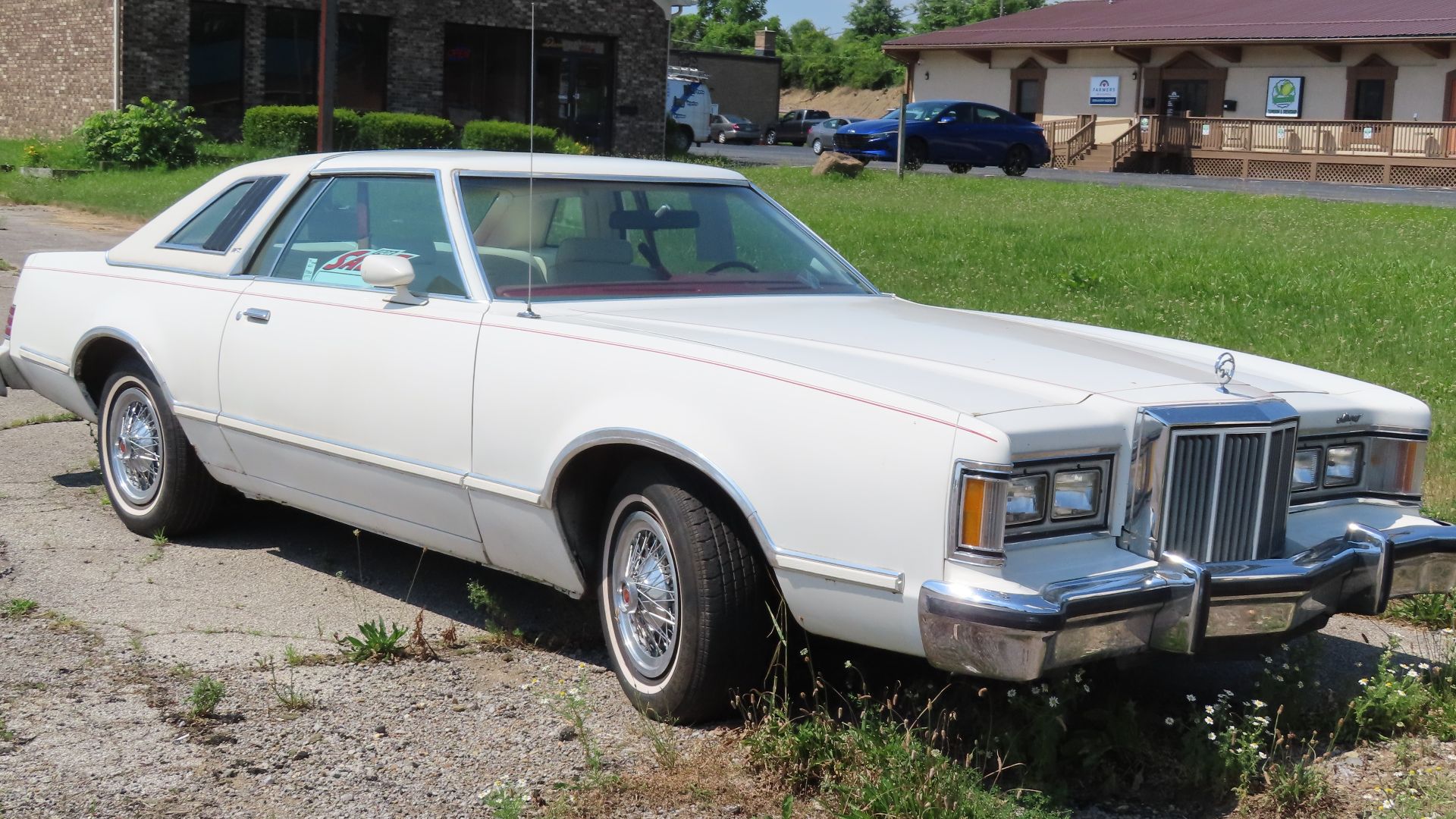 MercurySable99, Wikimedia Commons
MercurySable99, Wikimedia Commons
Mercury Cougar XR-7 (Cont.)
By 1970, buyers could spice up their Cougar XR-7 with Eliminator stripes and spoilers. Both manual and automatic gearboxes were available, but the federally required big bumpers in 1973 spoiled the looks. Mustang’s muscle direction hurt sales, though the Cougar still offered rare touches like a sunroof and upscale “gentleman’s muscle car” marketing.
Pontiac Firebird Esprit
Unlike its performance-heavy siblings, the Firebird Esprit from the early 1970s prioritized daily comfort. Pontiac outfitted it with vinyl roofs and reserved styling, and powertrain choices ranged from a simple inline-six to a 350ci V8. This offered versatility while keeping its character firmly rooted in subtle luxury.
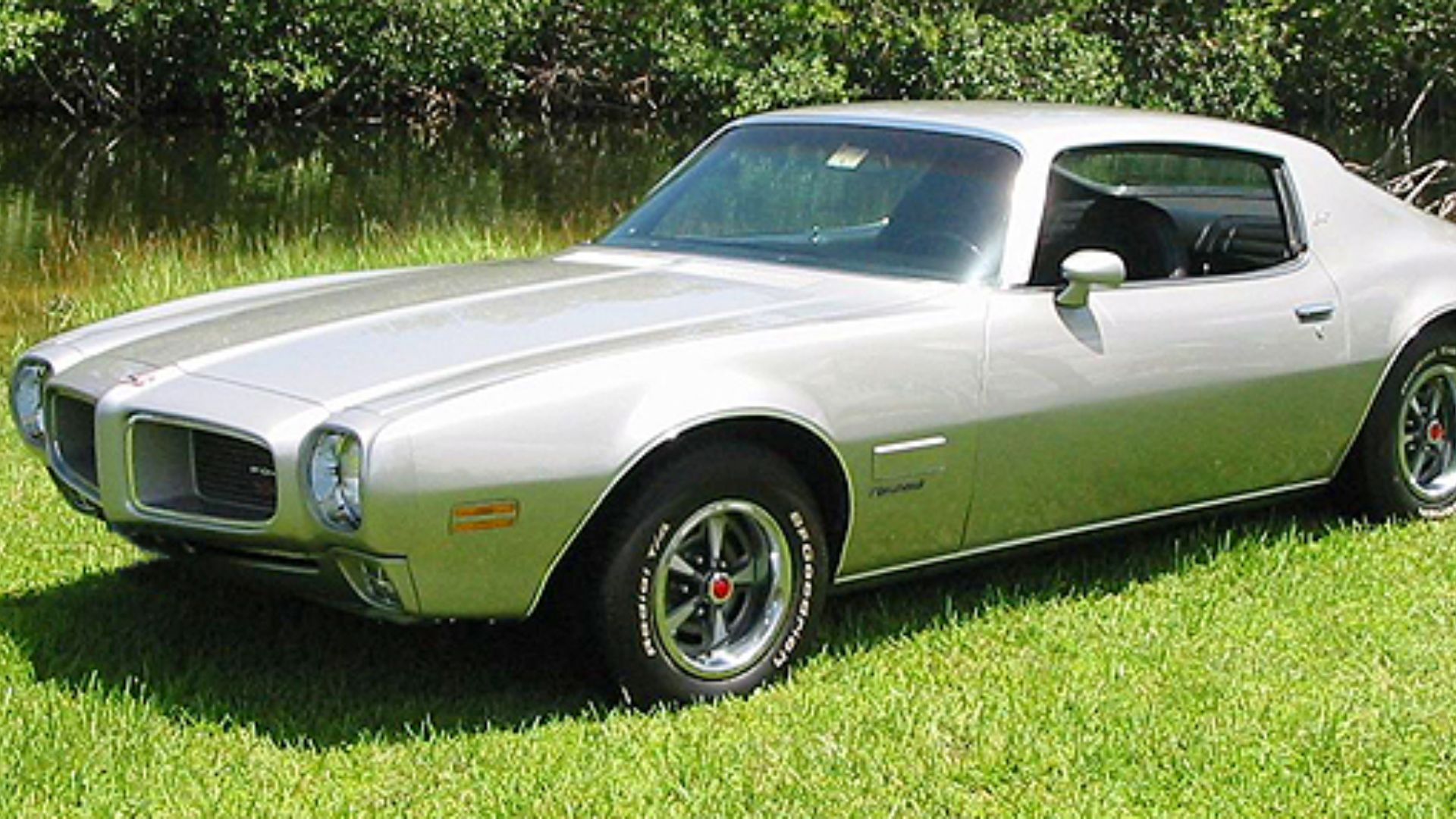 François Martinez, Wikimedia Commons
François Martinez, Wikimedia Commons
Pontiac Firebird Esprit (Cont.)
Overshadowed by Pontiac’s Trans Am and Formula, though, it struggled for recognition in collector markets. Restoration interest stayed low, and rust quietly thinned its numbers. Its lack of performance credentials made it a pony car misfit. Still, subtle styling and an optional CB radio gave it its own strange charm.
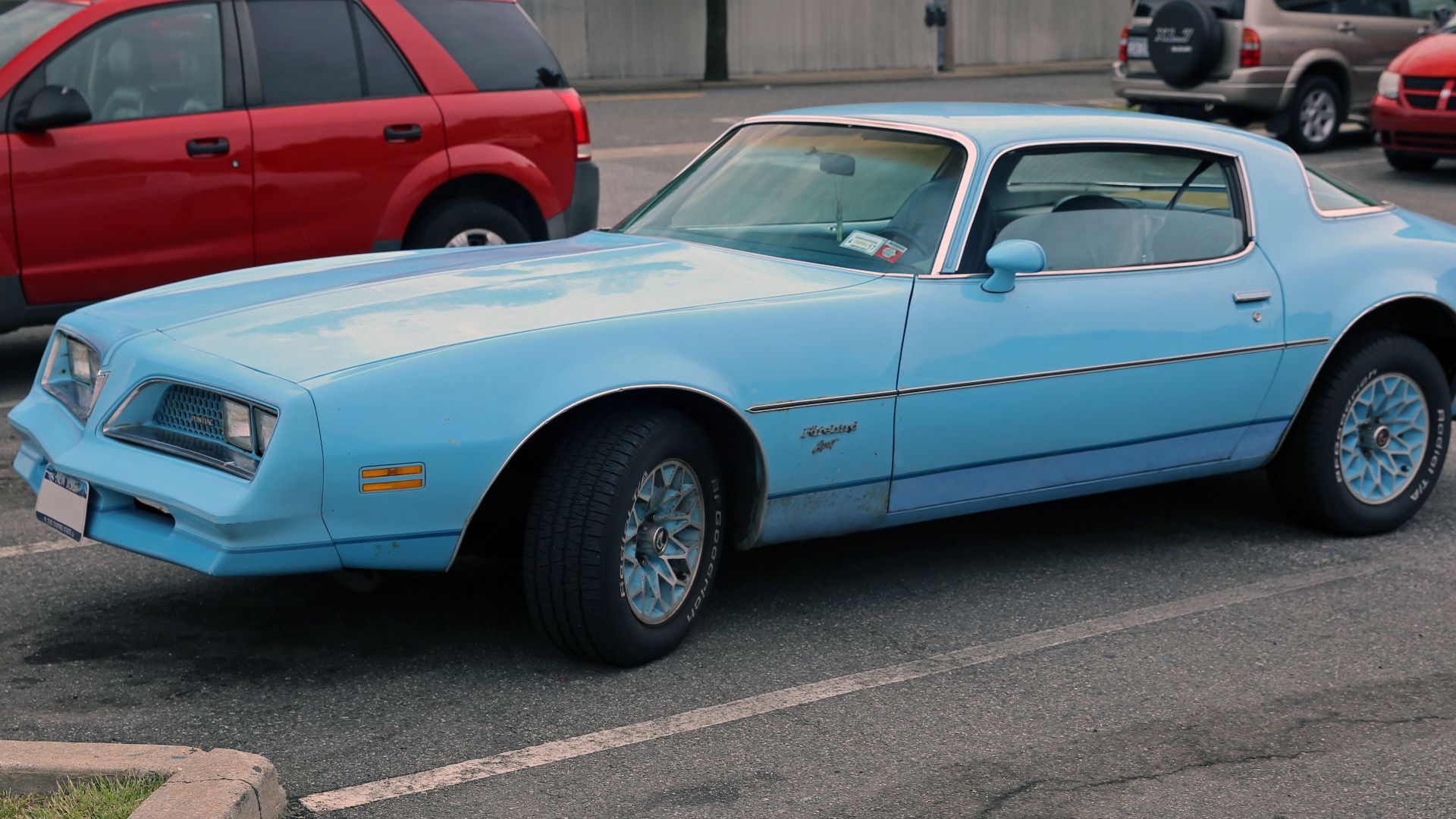 Mr.choppers, Wikimedia Commons
Mr.choppers, Wikimedia Commons
AMC Javelin SST
AMC’s Javelin SST debuted in 1968 with flair and horsepower. Buyers could pick a 390 V8 delivering 325 hp and a sleek body featuring hidden door handles and a twin-venturi grille. Penske Racing, Roger Penske’s professional race team, turned it into a Trans-Am champion in 1971 and 1972. Police departments also tried it as a pursuit car.
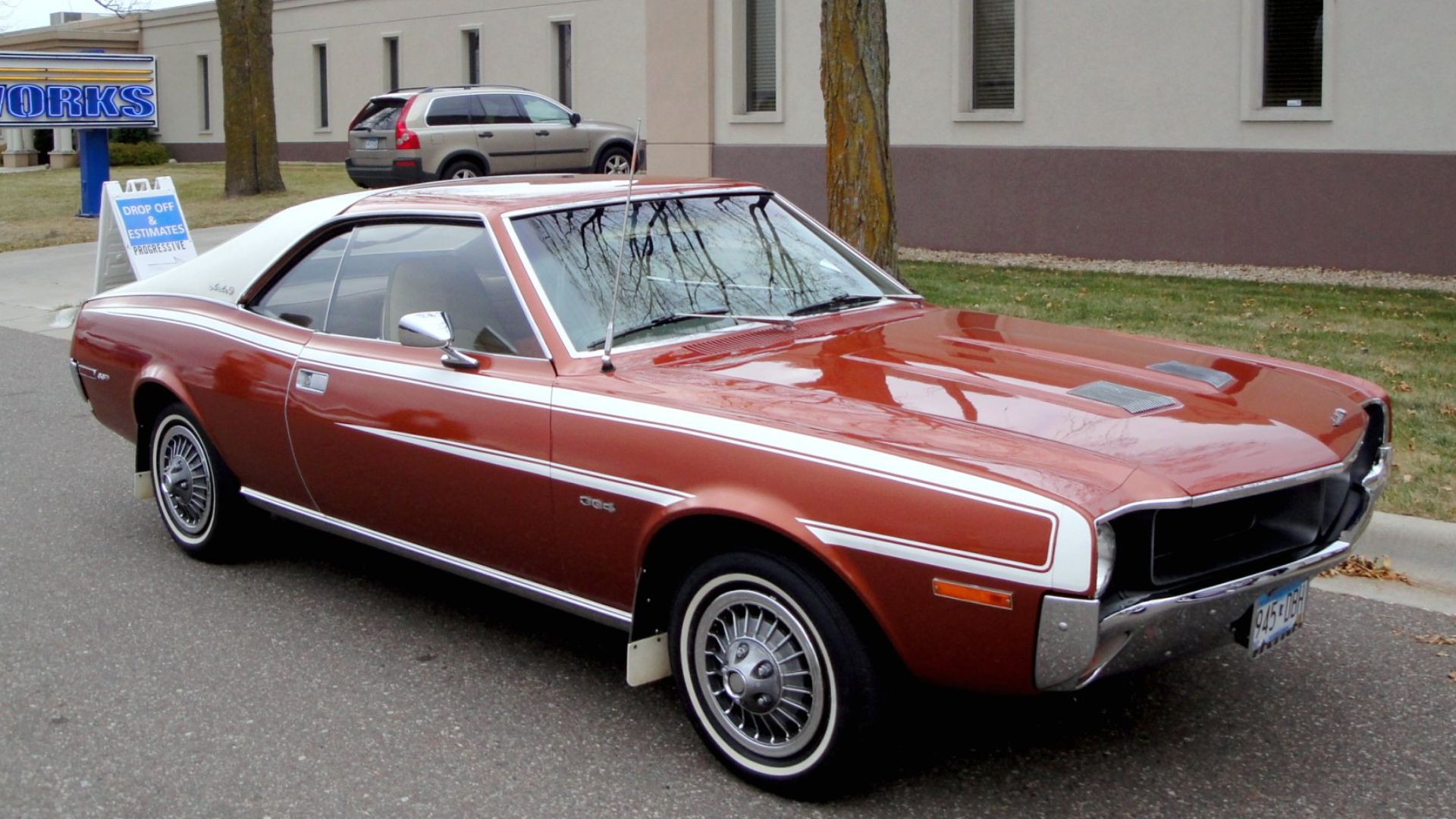 Greg Gjerdingen from Willmar, USA, Wikimedia Commons
Greg Gjerdingen from Willmar, USA, Wikimedia Commons
AMC Javelin SST (Cont.)
The 1971 redesign gave the Javelin SST wider fenders, a longer wheelbase, and a factory-installed rear spoiler. Inside, drivers found bucket seats and faux wood touches. AMC bragged about European elegance, but sales dipped after 1973. Still, it enjoyed spotlight moments that served as a NASCAR pace car.
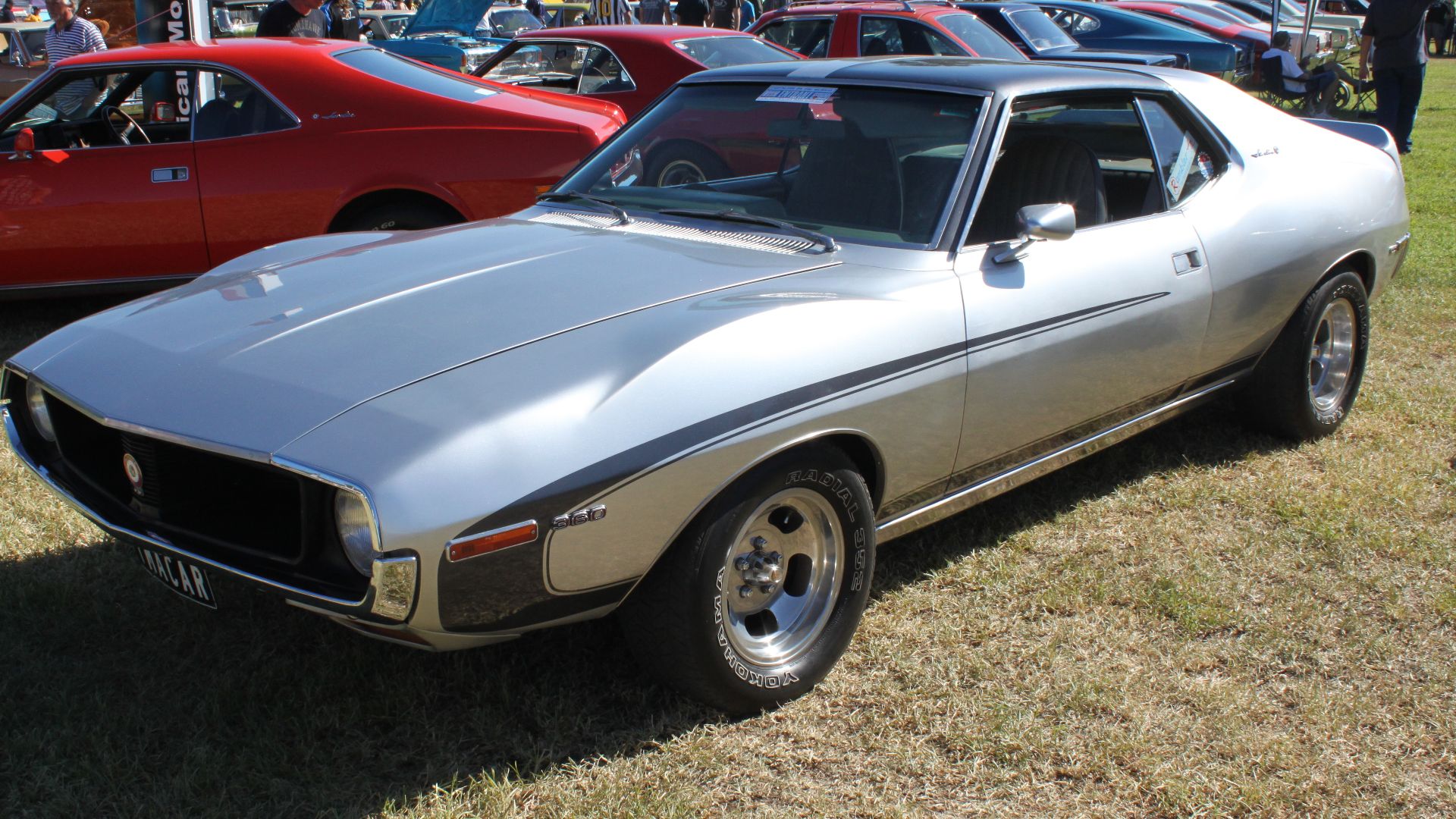 Jeremy from Sydney, Australia, Wikimedia Commons
Jeremy from Sydney, Australia, Wikimedia Commons
Chevrolet Camaro Berlinetta
In 1982, Chevrolet launched the Camaro Berlinetta with a clear luxury tilt. Standard equipment included a 2.8L V6, while a 5.0L V8 sat on the options sheet. Distinctive touches like turbine wheels and padded insulation defined its feel, later enhanced by digital gauges in 1984.
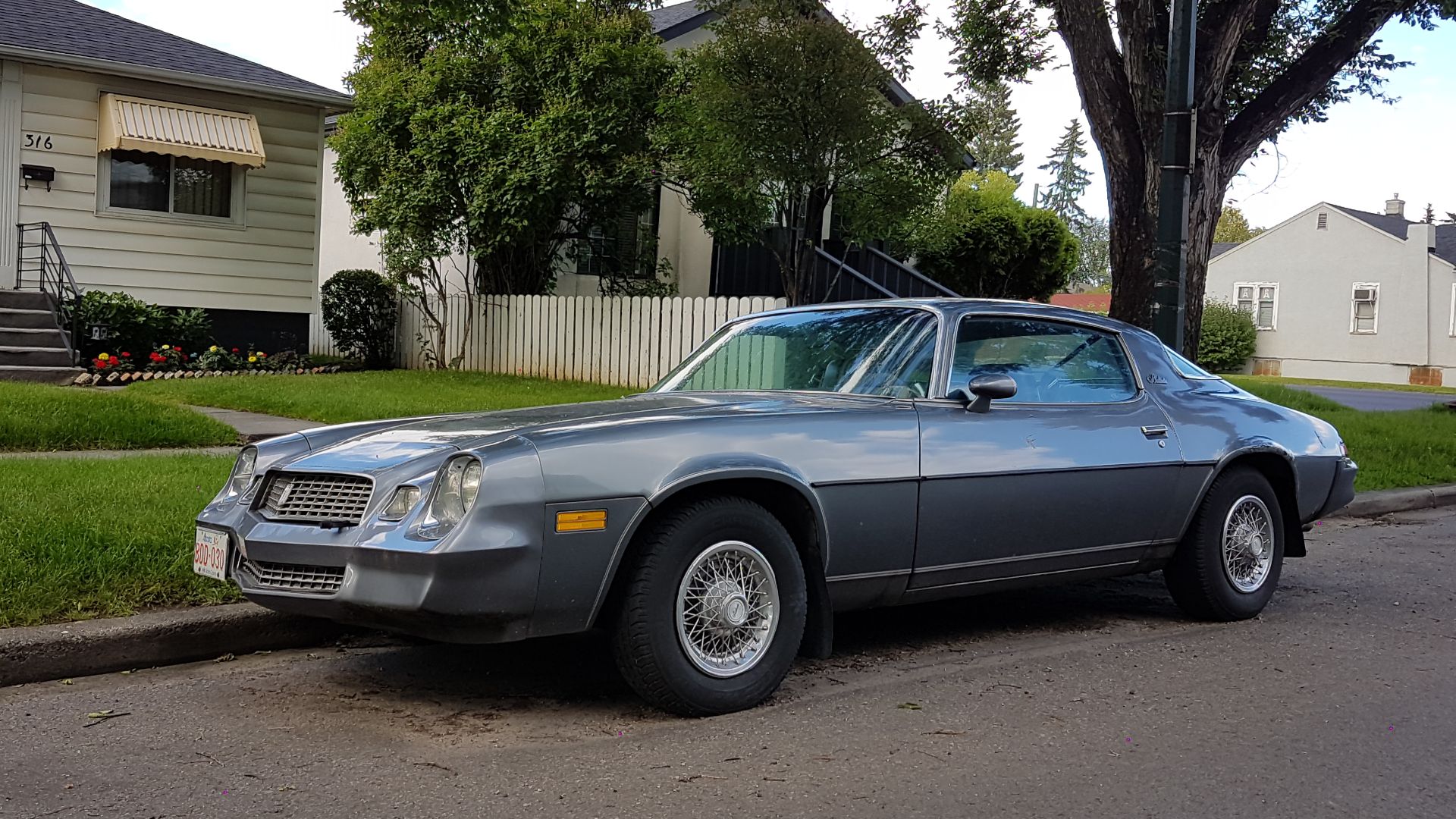 dave_7 from Canada, Wikimedia Commons
dave_7 from Canada, Wikimedia Commons
Chevrolet Camaro Berlinetta (Cont.)
The Berlinetta targeted upscale buyers and women but struggled in sales, leading to its replacement by the LT trim in 1987. Only 27,295 were sold between 1982 and 1986. Collectors rarely restore them today, but the swiveling control pod is still recalled as a quirky highlight.
 MercurySable99, Wikimedia Commons
MercurySable99, Wikimedia Commons
Ford Mustang SVO
Built from 1984 to 1986, the Mustang SVO carried a turbocharged 2.3-liter four-cylinder with an intercooler and five-speed manual. Four-wheel disc brakes and Koni shocks made handling sharp; plus, its weight distribution surpassed that of the GT.
Ford Mustang SVO (Cont.)
Though built to challenge imports like the Mazda RX-7 and Porsche 944, the Mustang SVO never reached high sales. Production stayed under 10,000. That rarity, coupled with hard-to-source parts and its signature 16-inch wheels, keeps Fox-body collectors on their toes.
Mercury Capri RS
The Capri name has German roots, with the original 1970–1978 model built in Cologne. But from 1979 to 1986, the Capri RS was American-built on Ford’s Fox platform. Sporty touches included blackout grilles, firmer suspension, and, in 1983, even a distinctive bubble-back glass for aerodynamic flair.
 dave_7 from Lethbridge, Canada, Wikimedia Commons
dave_7 from Lethbridge, Canada, Wikimedia Commons
Mercury Capri RS (Cont.)
The RS also found success in SCCA Trans Am racing. Only 257 McLaren convertibles were made in 1986, with limited editions such as the Black Magic and Crimson Cat adding variety. There was also the ASC McLaren that produced rare convertibles with upgraded interiors.
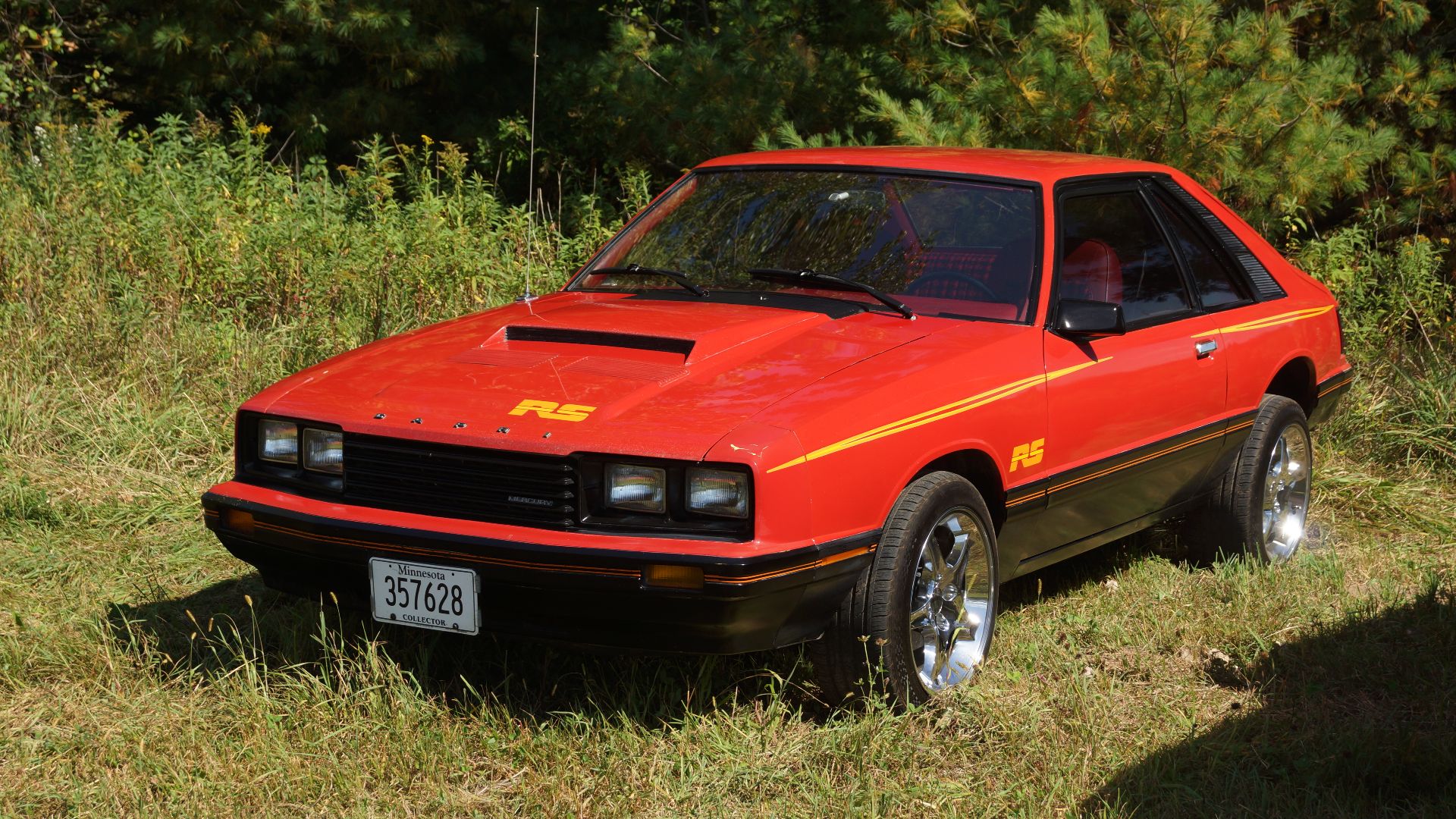 Greg Gjerdingen from Willmar, USA, Wikimedia Commons
Greg Gjerdingen from Willmar, USA, Wikimedia Commons
AMC AMX
AMC shocked the market with the AMX in 1968. Unlike most pony cars, this was a two-seater with a stubby 97-inch wheelbase. A 390 V8 gave it serious punch, and it racked up SCCA wins. Buyers even got personalized dash plaques, which made every AMX feel one-of-a-kind.
 Michael Barera, Wikimedia Commons
Michael Barera, Wikimedia Commons
AMC AMX (Cont.)
By 1969, the AMX came dressed in wild “Big Bad” colors—orange, green, blue, and such. A fiberglass hood and optional Go Package added punch, while the 1970 facelift brought scoops and a new grille. Drag racers loved factory sponsorship, and it pioneered shoulder belts on production cars.
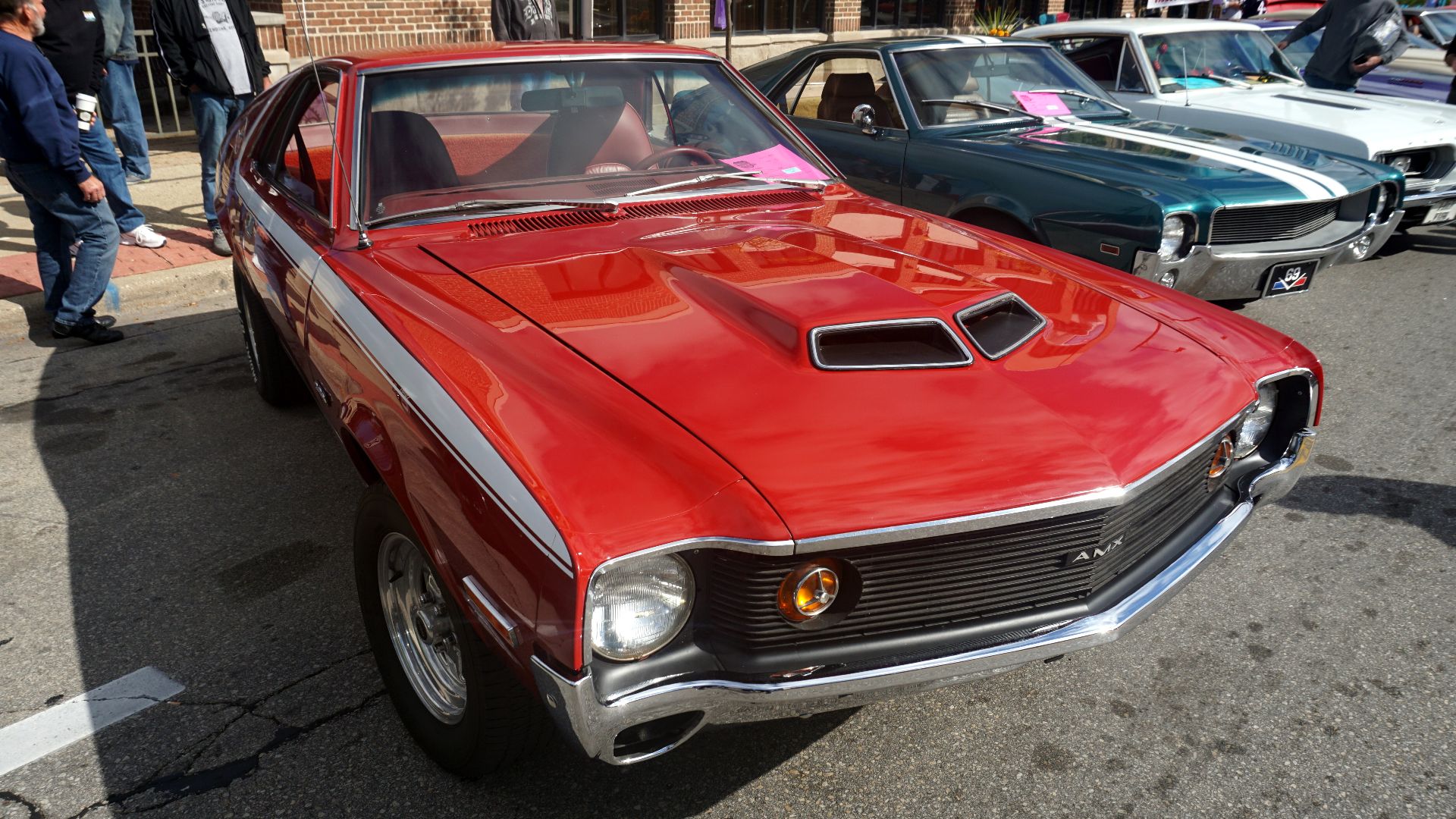 Michael Barera, Wikimedia Commons
Michael Barera, Wikimedia Commons
Ford Maverick Grabber
In 1970, Ford released the Maverick Grabber as the scrappy sibling to the Mustang. Its 302 V8, along with flashy decals and a rear spoiler, made it look sharper and faster. Priced low, it outsold the Mustang that year, and mag wheels only sweetened the deal.
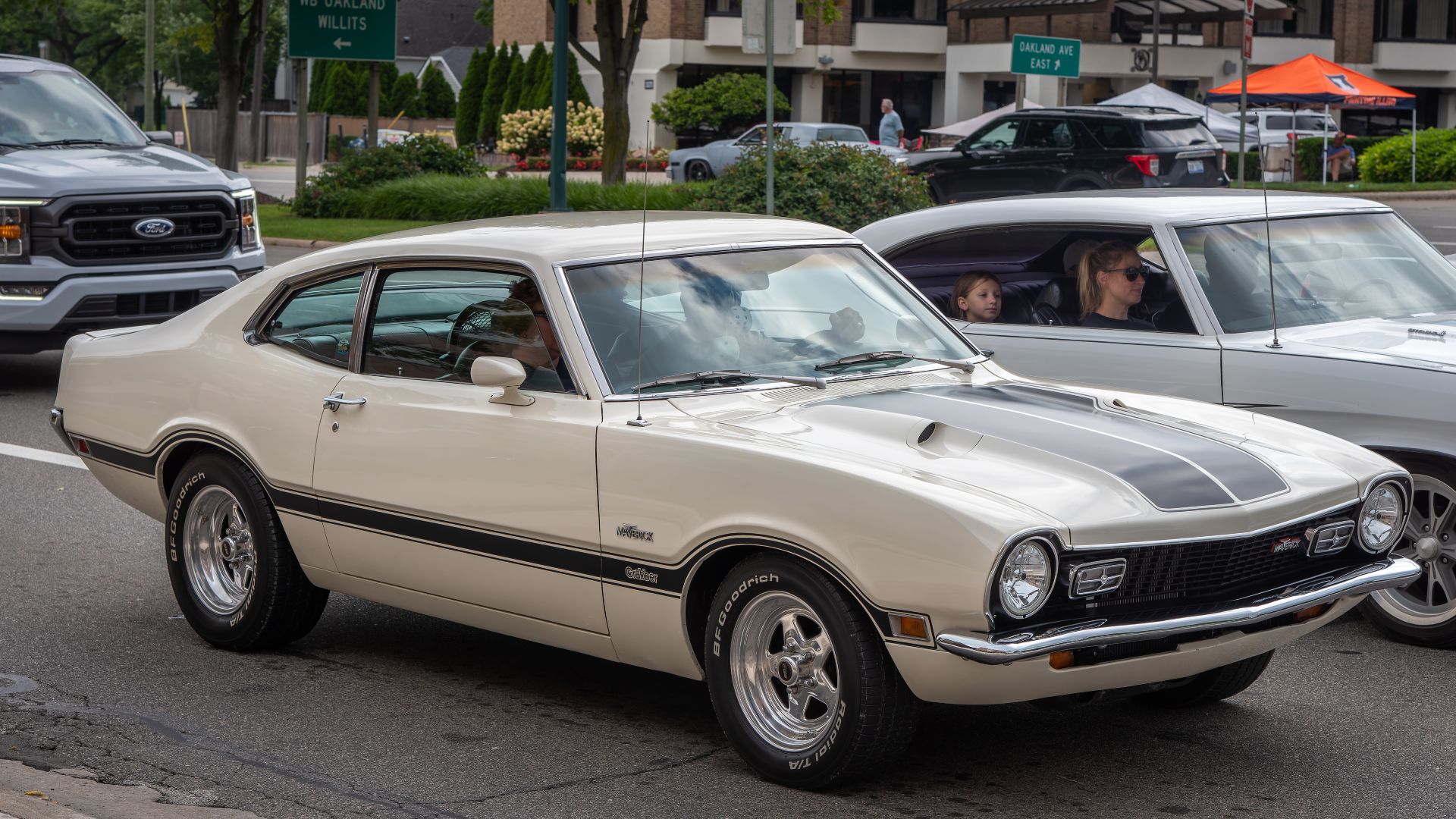 Mustang Joe, Wikimedia Commons
Mustang Joe, Wikimedia Commons
Ford Maverick Grabber (Cont.)
Updates for 1971 brought blackout grilles and optional hood scoops. Inside, high-back buckets and wood-like trim gave flair. The Grabber name vanished after 1975 due to rust issues, but a few survivors can be found today. Odd prototypes like the Maverick GT never launched, but rear-window defrosters made production cars unusually practical.
AMC Hornet SC/360 (1971)
Built on the compact Hornet platform, the SC/360 had a 108-inch wheelbase and rear-drive layout. Offered only in 1971, it used a 360ci V8 rated at 245 horsepower with a two-barrel or 285 with the Go Package. Buyers could pick a Hurst-shifted four-speed or Torque Command automatic.
AMC Hornet SC/360 (1971) (Cont.)
Styling cues included a blackout grille, hood scoop, Rallye wheels, and SC/360 badging. Only 784 were built, which is even fewer than AMXs or Javelins. The Go Package cars ran the quarter under 15 seconds, but originality today is tricky due to clone builds.
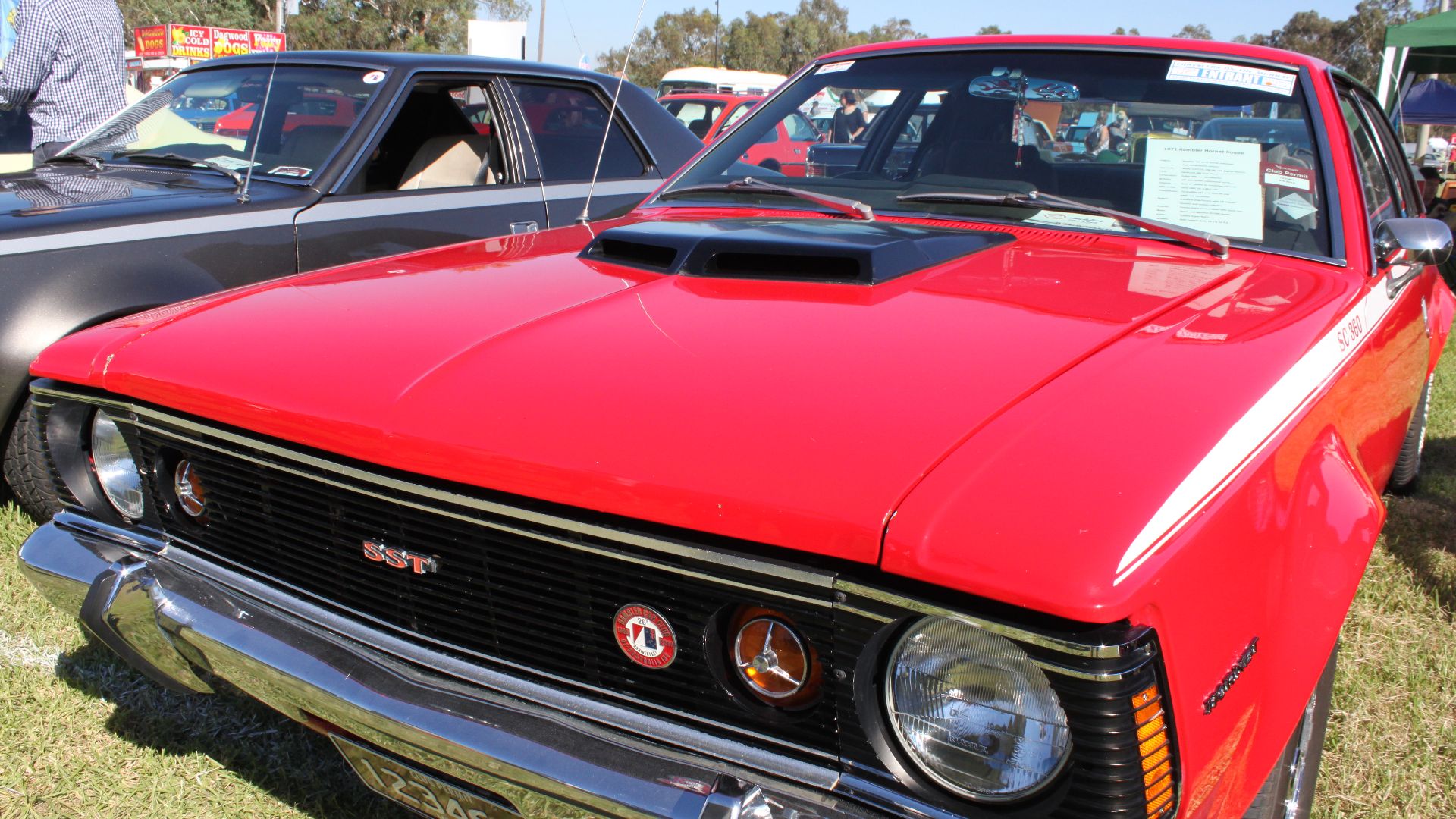 Jeremy from Sydney, Australia, Wikimedia Commons
Jeremy from Sydney, Australia, Wikimedia Commons

